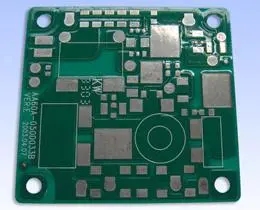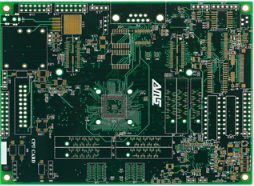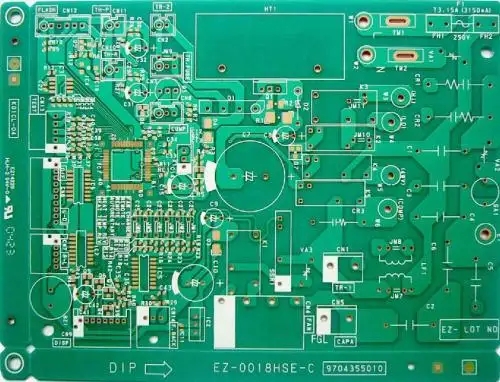
The problem of intercepting DDR faulty soldering
PCB problem Why can't the product execute burn in (BI) to intercept the problem of DDR faulty soldering?
Recently, the company encountered the problem of faulty soldering of a DDR memory chip (chip). In fact, when sending personnel to the place where the client is used for maintenance, they found that the product could not be started. As long as the DDR IC was pressed, the product could be started, but after releasing the pressed DDR, the product could not be started.
The products have been 100% tested in the Pcb factory, and there is also a 12H burn in (B/I) program. How can defective products still flow to customers? What is the matter?
From the description of this problem, it should be a typical HIP (Head In Pillow) double ball solder problem. This kind of problem is usually caused by the bending deformation of FR4 of IC chip or PCB when it flows through the high temperature area of Reflow, and the solder ball of BGA and solder paste printed on PCB cannot contact and melt together after melting.

According to experience, 99% of HIP generally occurs on the outermost row of solder balls around the BGA. The reason is almost always that the BGA carrier board or PCB circuit board is deformed and warped when reflow is high temperature. After the board is warmed up, the deformation is reduced, but the molten tin has been cooLED and solidified, forming a double ball shape.
In fact, HIP is a serious BGA solder defect. Although this type of defect rate is not high, it is easy to pass the factory's internal test program and flow to the customer. However, after the end customer uses it for a period of time, the product will be sent back for repair due to poor contact, which seriously affects the company's reputation and user experience.
However, it is clear that all products have been burned (Burn/In), and all production lines have been tested by electricity. Why can't we stop the problem of DDR faulty soldering?
This is actually a very interesting question. The following is just personal experience, which does not mean that the real situation must be like this.
First, imagine under what circumstances does HIP appear open? Most of the situations should occur when the board starts to deform when it is heated, that is, if the product is still in the cooling stage when it is just started, the double balls of the HIP may show a false contact state, so it is OK to start the machine normally. After the product is started for a period of time, the product starts to heat up, and then gradually the board starts to deform slightly due to heating, so the open circuit phenomenon appears.
Therefore, the possible reasons why the electronic manufacturing service (EMS) cannot detect the DDR empty soldering are as follows:
When the product burns (B/I), the power is not turned on for testing. It is possible that the product is only placed at a certain temperature for a certain period of time, and there is no power on for B/I, so of course, no problem can be detected. This most often happens in factories that only produce circuit board assembly (PCA).
The product is plugged in and turned on for burning (B/I), but no program is designed to run the DDR memory test. Some DDR solder joints may not affect the startup action of the product. Only when the program runs to some memory addresses will the problem occur.
It is assumed that the product is plugged in and DDR memory test is performed when it is burned, but some errors will disappear as long as it is restarted. If no record is made at any time during the burning process, it is likely that there is no way to catch such DDR problems. Therefore, it is better for the product to conduct self inspection and record whether there has been any error or failure during the burning process, so as to know whether there is any real burning problem during the burning process.
Therefore, if the program cannot just run to the function position of faulty soldering when the product burning temperature rises, it is not necessarily possible to detect DDR with HIP faulty soldering.









